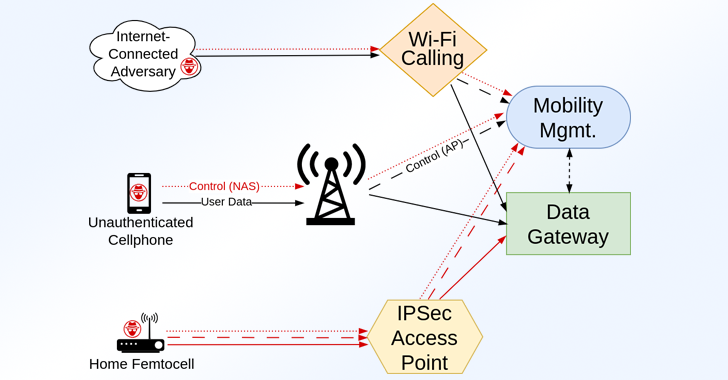A recent study has uncovered over 100 security vulnerabilities in LTE and 5G network implementations, potentially allowing hackers to disrupt cellular communications on a city-wide scale. The research, conducted by academics from the University of Florida and North Carolina State University, identified 119 vulnerabilities across seven LTE and three 5G implementations.
These flaws can be exploited breach the cellular core network, enabling attackers to disrupt phone calls, messaging, and data services. Hackers could also monitor cellphone location and connection information, carry out targeted attacks on specific subscribers, and perform malicious actions on the network itself.
The vulnerabilities fall into two categories: those that can be exploited by any unauthenticated mobile device and those that require an adversary to compromise a base station or femtocell. The researchers used a fuzzing exercise, dubbed RANsacked, to test Radio Access Network (RAN)-Core interfaces. They found that several vulnerabilities relate to buffer overflows and memory corruption errors.
The study highlights the importance of securing LTE and 5G networks, particularly as the introduction of home-use femtocells and 5G base stations increases the risk of physical adversarial threats. If exploited, these flaws could allow hackers to disrupt critical communication services, compromise sensitive information, and carry out targeted attacks.
The study’s findings emphasize the need for increased security awareness and proactive measures to protect cellular networks from potential threats. As the use of LTE and 5G networks continues to grow, it is essential to address these vulnerabilities and ensure the security and integrity of cellular communications.















Comments